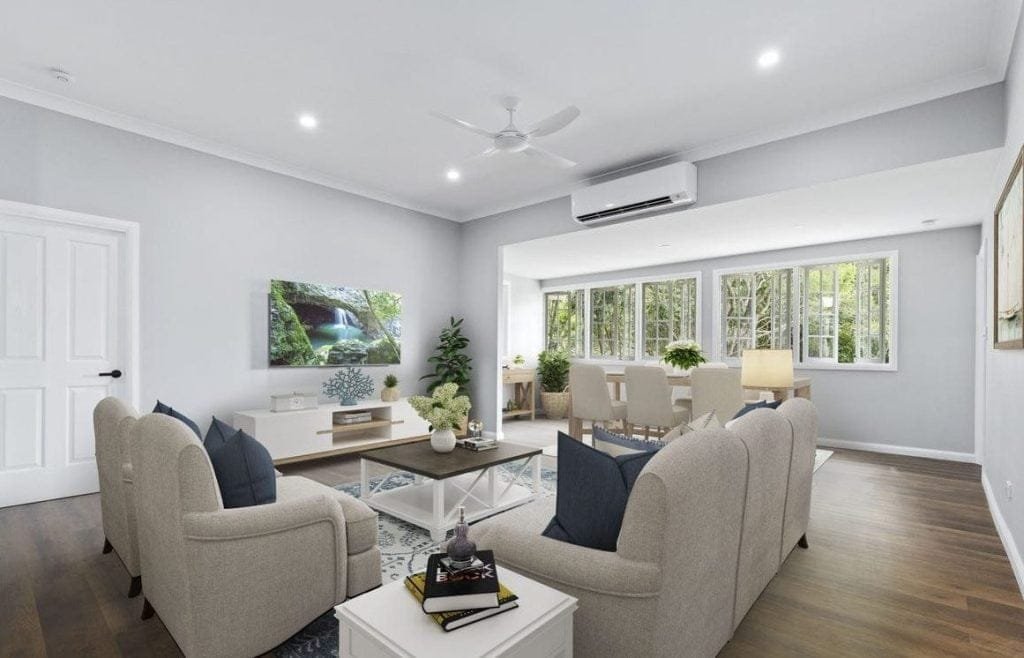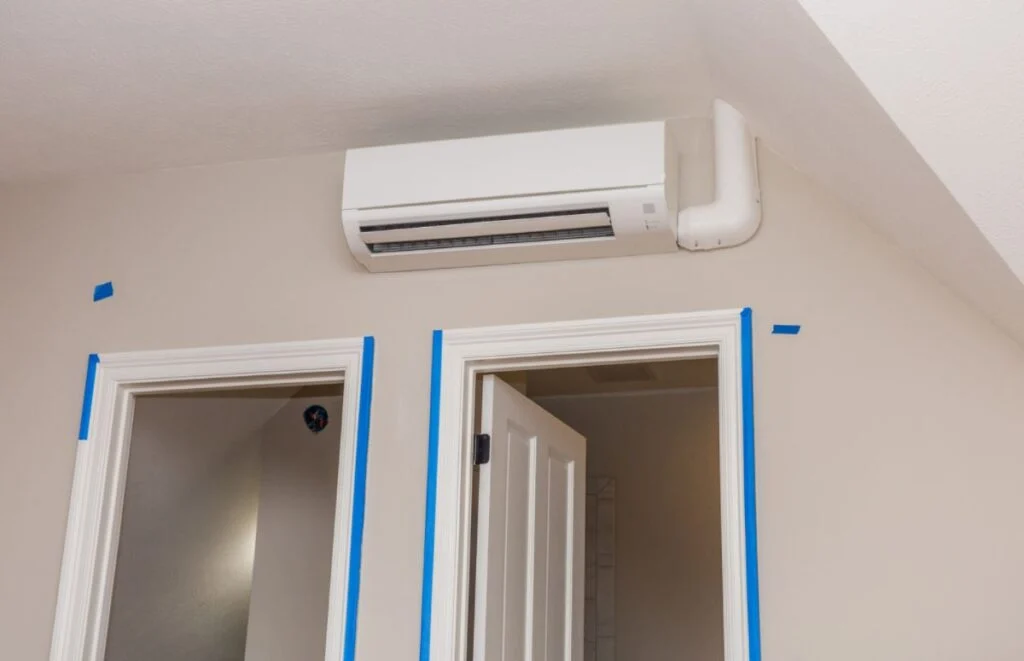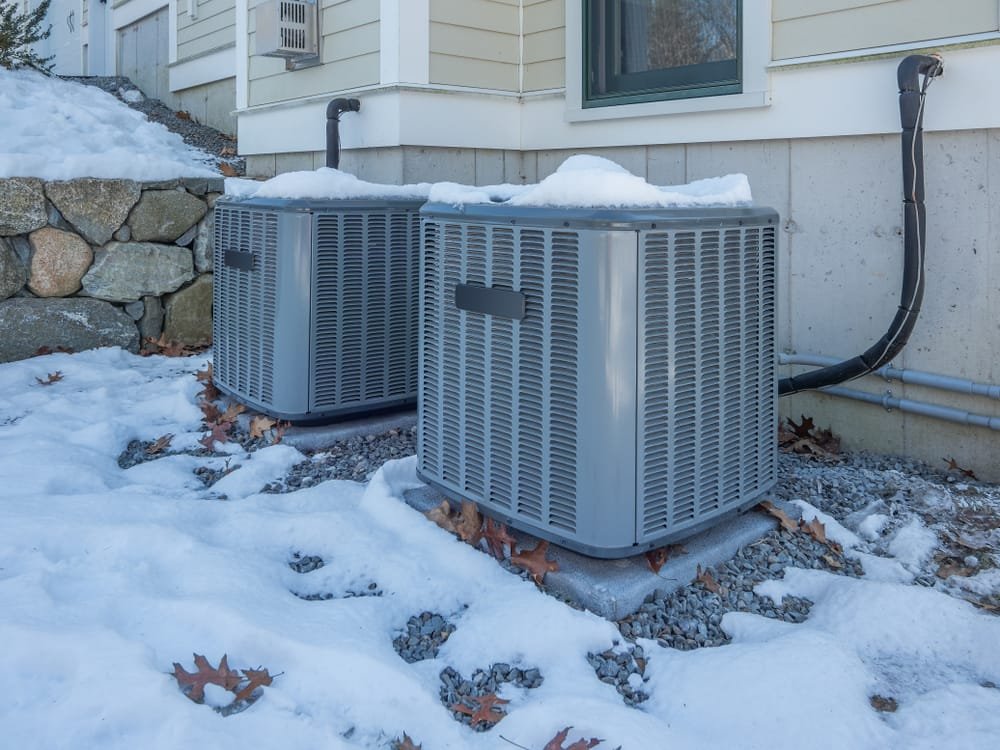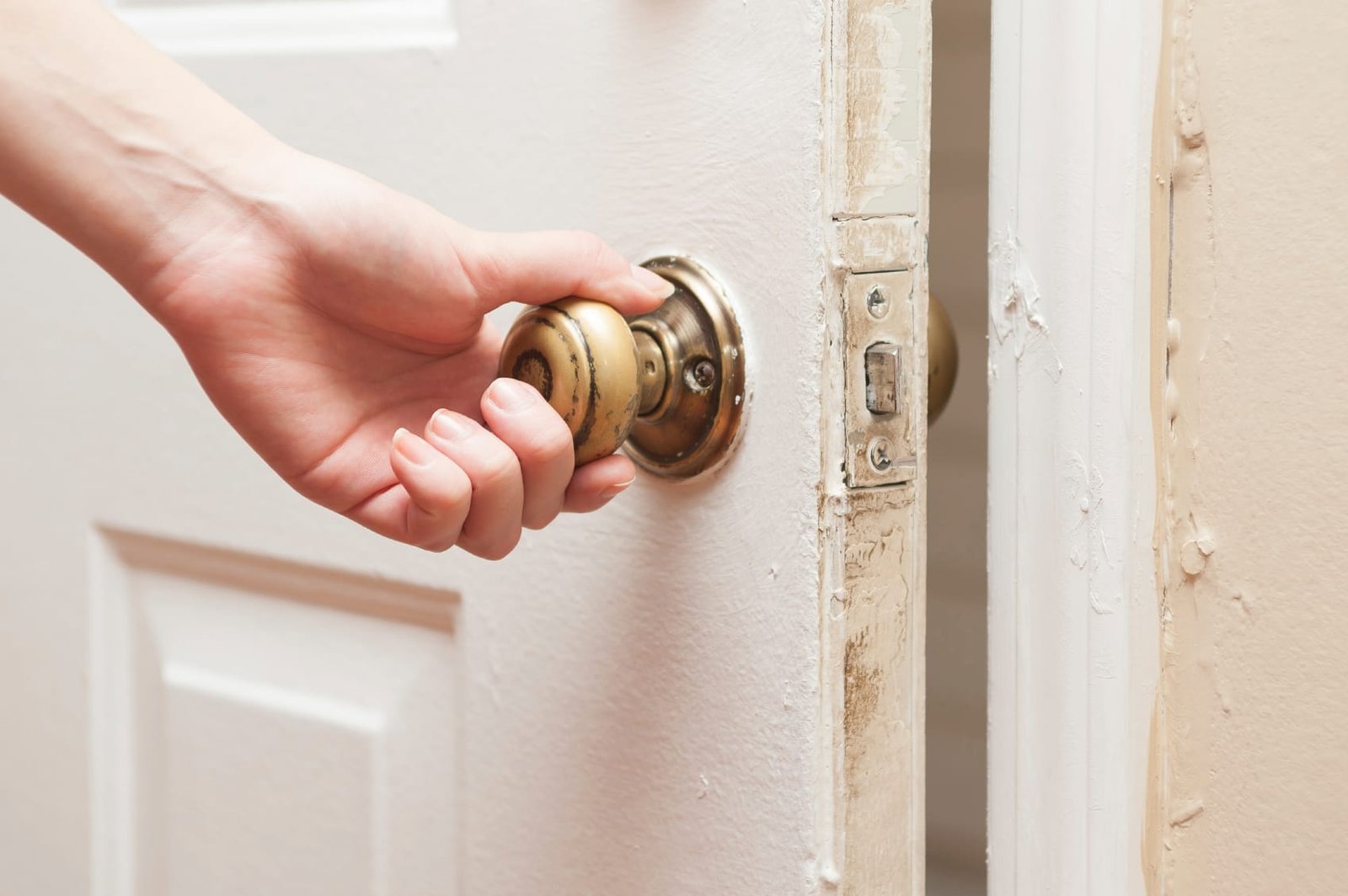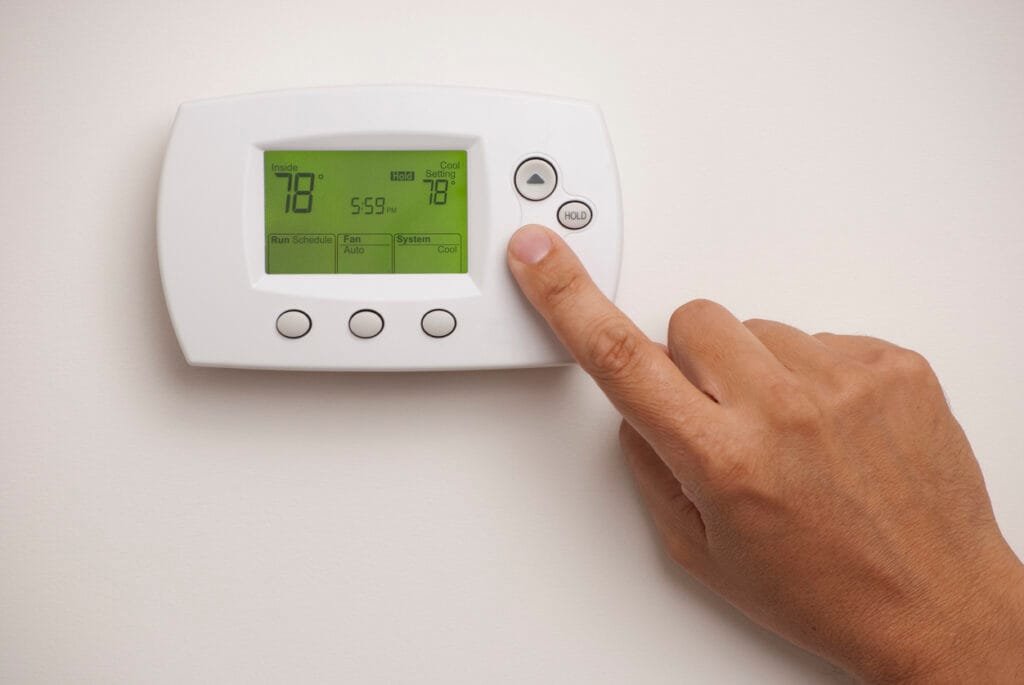Winter nights in the Gold Coast can get quite chilly, making many households wonder how best to manage their air conditioning when they step out. The big question is: should you turn AC up when not home or simply switch it off?
For short trips such as a day out or a weekend, it’s generally smarter to leave the system running but adjust the settings. Instead of turning it off, set the temperature a few degrees higher, ideally around 25–27°C. This approach keeps your home comfortable, prevents the unit from overworking when you return, and helps regulate humidity levels. Proper humidity control not only avoids mold growth and musty smells but also protects wooden furniture and sensitive electronics. Families with pets at home benefit even more from keeping the AC at a moderate setting.
If you’re going away for longer periods without pets or people inside, turning the unit off completely is the most energy-efficient choice. To avoid coming back to a stuffy house, smart thermostats can be programmed to cool the space before you return. Another helpful tip is to close curtains or blinds before leaving—blocking direct sunlight keeps indoor spaces naturally cooler and reduces the workload on your system later.
When you are home, avoid switching your AC on and off too frequently. Constant changes strain the unit and can create uncomfortable shifts in temperature that affect your health, especially for children or the elderly. A good rule of thumb: if you’re out for more than 30 minutes, turn it off. If you’re only stepping out briefly, keep it running at about 28°C with a lower fan speed.
In short, knowing when to turn AC up when not home helps you balance comfort, energy efficiency, and system longevity.
Source: DEEPCHILL

